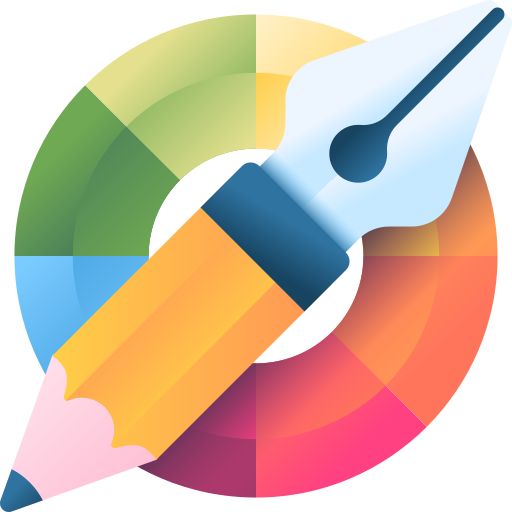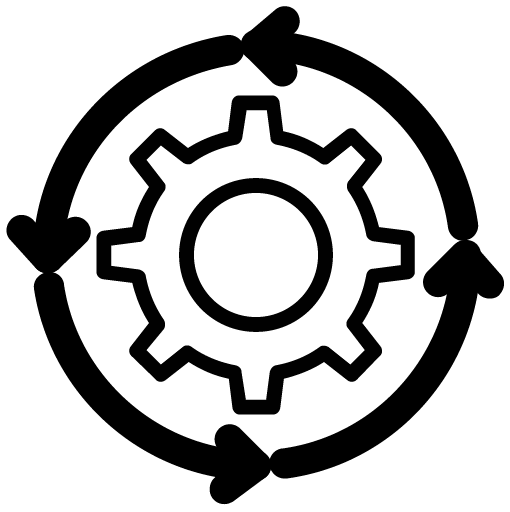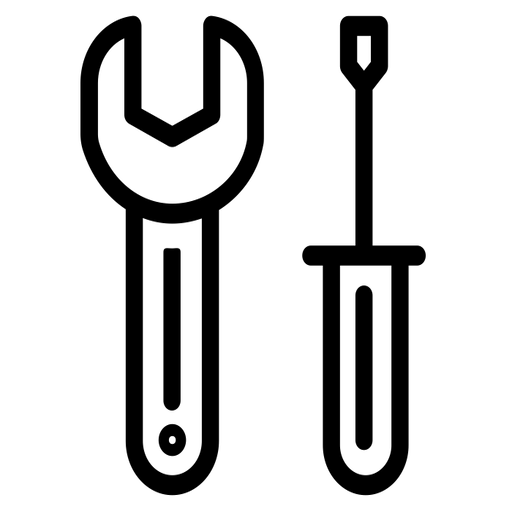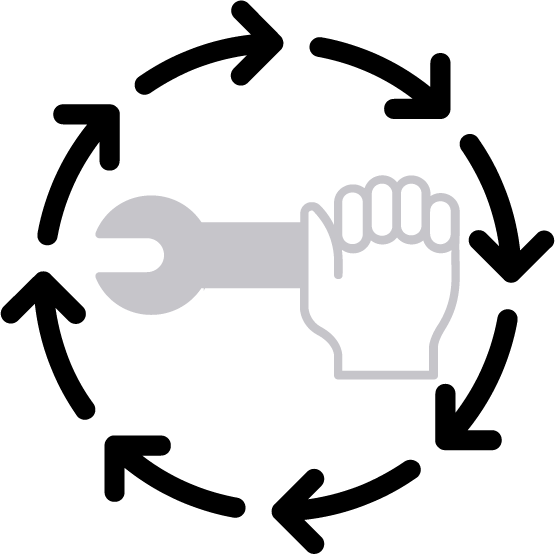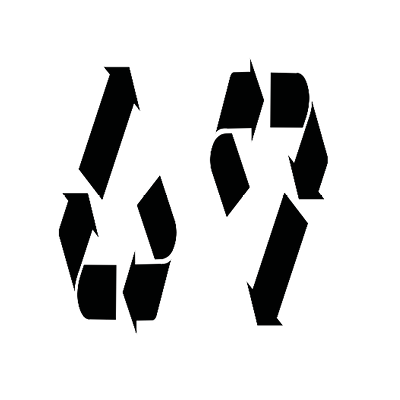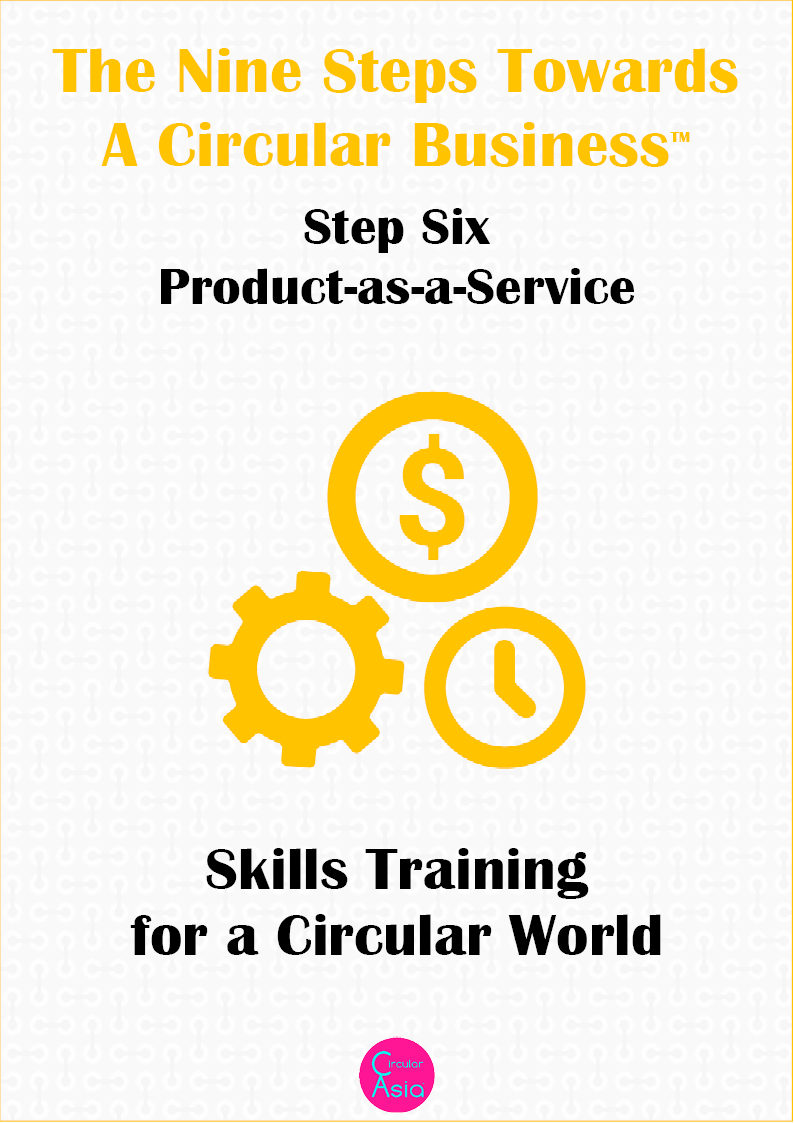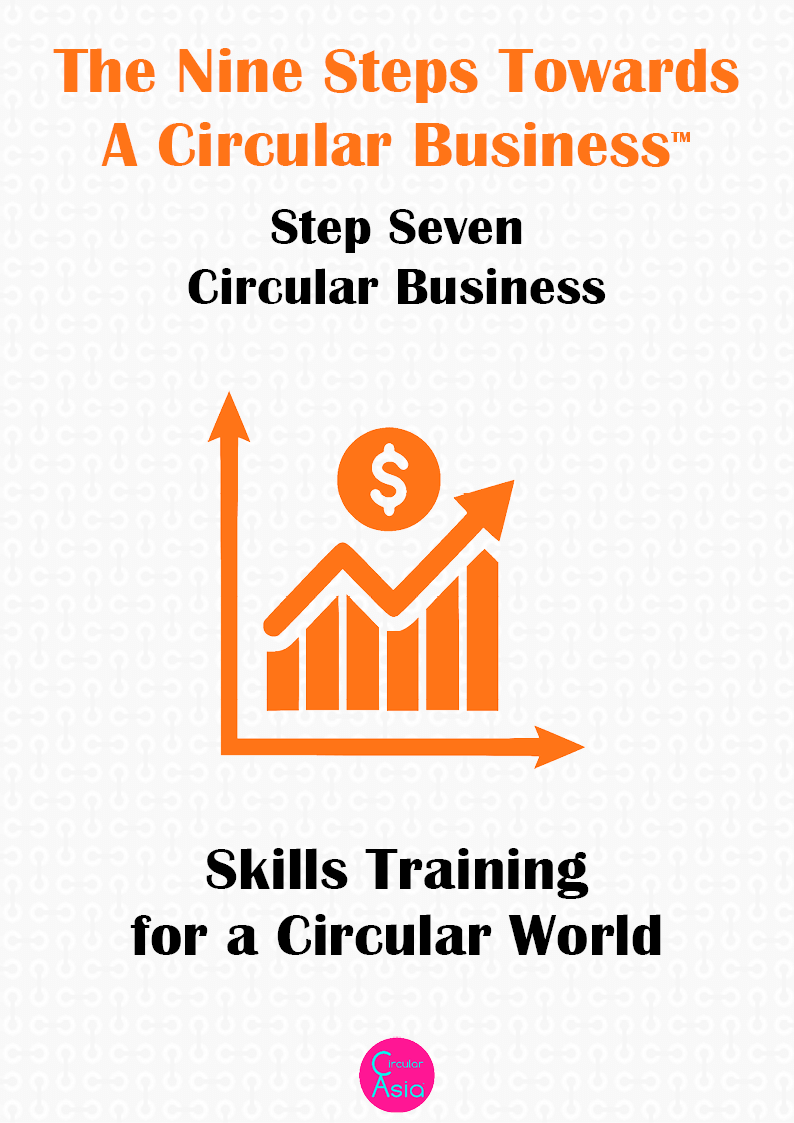Circular Design
Circular design is not just about the product but also encompasses the entire system, including the business model, which shifts from selling products to providing services and experiences. It’s a holistic approach that considers the environmental impact of a product from the extraction of raw materials to its end-of-life disposal.
Circular design is a framework that tackles global challenges including climate change, biodiversity loss, waste, and pollution. Design is an essential element of developing a circular economy that manages our finite resources and enables us to live within the planetary boundaries.
Design for the Circular Rs
Type | Product Design | Description |
Df Reuse | In a circular economy model, every circle returns to an earlier point in the product life cycle, which is effectively the reuse of a product, component or material. Direct reuse by reselling/redistributing where a product is used for the same purpose without any changes becomes part of the business model and not of product design. However, such a business model will make the longevity of products more attractive. | |
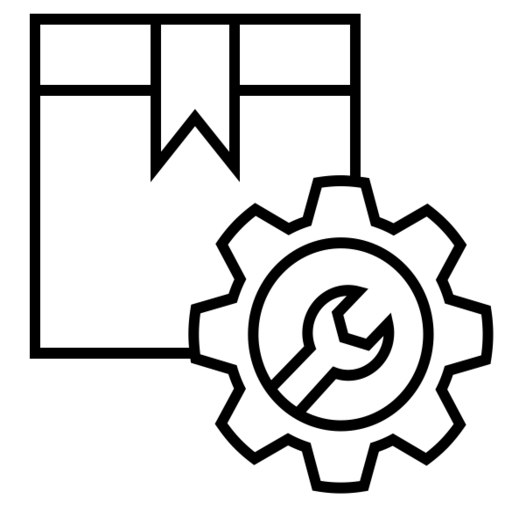 | Df Refurbish | Refurbishing is the practice that is less than remanufacturing but more than repair. Comparing to repair, the quality becomes more valuable by partly substituting broken components to reach the replaced/repaired modules or parts. |
Df Repair & Maintenance | Maintenance focuses on assessing the performance and services of products to retain the functionality of the serviced parts; repair restores a product or component to good condition after decay or damage with an assurance for the repaired part. | |
Df Remanufacture | The return of a used product to at least its original performance with a warranty that is equivalent to or better than the newly manufactured products. The practice is a comprehensive process of restoring activities (mainly under the test, inspection, full disassembly, refurbishment, part replacement, clean and reassembly). | |
Df Disassembly | Products and their parts can be separated and reassembled correctly, includes separating materials that are specific for different cycles in a circular economy. | |
Df Resource Recover & Reprocessing | The function of reprocessing consists of material recovery at end of-life and is the last option to recover any remaining value that a product or component has. Recyclability is determined primarily by the choice of materials (although this also depends on developments in the recycling industry) and the extent to which components / materials can be separated from each other. | |
 | Df Upgradability & Adaptability | Avoids systemic obsolescence by maintaining product usability for a long time by upgrading its value and performance, and at the same time, by adaptation and modification towards the changing needs of a user. |
 | Df Standardization & Compatibility | Fights against systemic obsolescence by designing product’s parts and interfaces suitable for other products and aims at multi-functionality and modularity. |
Circular Design for Consumers
Type | Design Qualities | Description |
Df Functionality | Circular products that are part of an integrated business model focusing on the delivery of performance or function may be a better value proposition for many customers. Competition is based on the creation of added service value of a product, not solely on its sales or price value. | |
Df Durability | Durability includes the longevity and functionality of a product to extend the lifespan but also how to design emotional attachment to a product to make users unwilling to discard is another design strategy. | |
Df Quality | A product's value in terms of robustness and performance that is maintained over time and with fair use. Quality has a broader meaning beyond the word description from a customer's perspective. The quality of a product is associated with the variability of functionality based on product features and performances. | |
Df Aesthetics | The design lasts over time as styles and colours are classical, and the materials age well. | |
Df Customisation | Products that are easily personalised or customisable offer an opportunity to create a deeper emotional bonding between the user and the product, thus prolonging the use. | |
Df Recovery & Reprocessing | If products are part of a service, there may be incentives to return them to the provider after use, avoiding stocks of obsolete products in households, landfill or illegal dumping. |
Circular Design for Business
Circular Design Strategies | Circular Business Model Archetypes |
Design for circular supplies: This strategy focuses on thinking "end-of-use-cycle products equals feedstock” in which resources are captured and returned into the supply chain without harming the environment | Circular supplies: A business model based on industrial symbiosis in which the residual outputs from one process can be used as feedstock for another process. |
Design for resource conservation: This strategy focuses on a preventative approach in which products are designed with a minimum of resources (primary raw materials). | Resource value: A business model based on recovering the resource value of materials and resources to be used in new forms of value. |
Design for multiple cycles: This strategy refers to design aimed at enabling the longer circulation of materials and resources in multiple cycles. | Product life extension: These business models are based on extending the working life of a product. |
Design for long-life use of products: This strategy focuses on the utilisation of a product during its use by extending its life and offering services for reuse, repair, maintenance and upgrade, or by enhancing longer-lasting relationships between products and users through "emotionally durable design". Furthermore, changing the ownership of products through services could enhance longer utilisation of products and, therefore, move to a sharing system. | Sharing platforms: Those business models that enable increased utilisation rates of products by making possible shared use/access/ownership. |
Design for systems change: This strategy covers the whole spectrum of value creation and refers to design thinking in complex systems as a whole and between its parts to target problems and find innovative solutions. | Extending product value: Those business models based on offering product access and retaining ownership to internalise the benefits of circular resource productivity. |
Circular Business Skills Training
As of June 2024, these skills training courses are currently under development and will be available shortly. For more information visit the Nine Steps Towards a Circular Business page.
Visit the Circular Skills Training page for more courses on offer.
References:
- ‘A Conceptual Framework for Circular Design’ by Mariale Moreno, Carolina De los Rios, Zoe Rowe and Fiona Charnley from Centre for Competitive Creative Design, Cranfield University, College Road, Cranfield. Published in Sustainability, 2016.
- ‘Circular Design – Design for the Circular Economy’ by Katerina Medkova & Brett Fifield, published 2016

